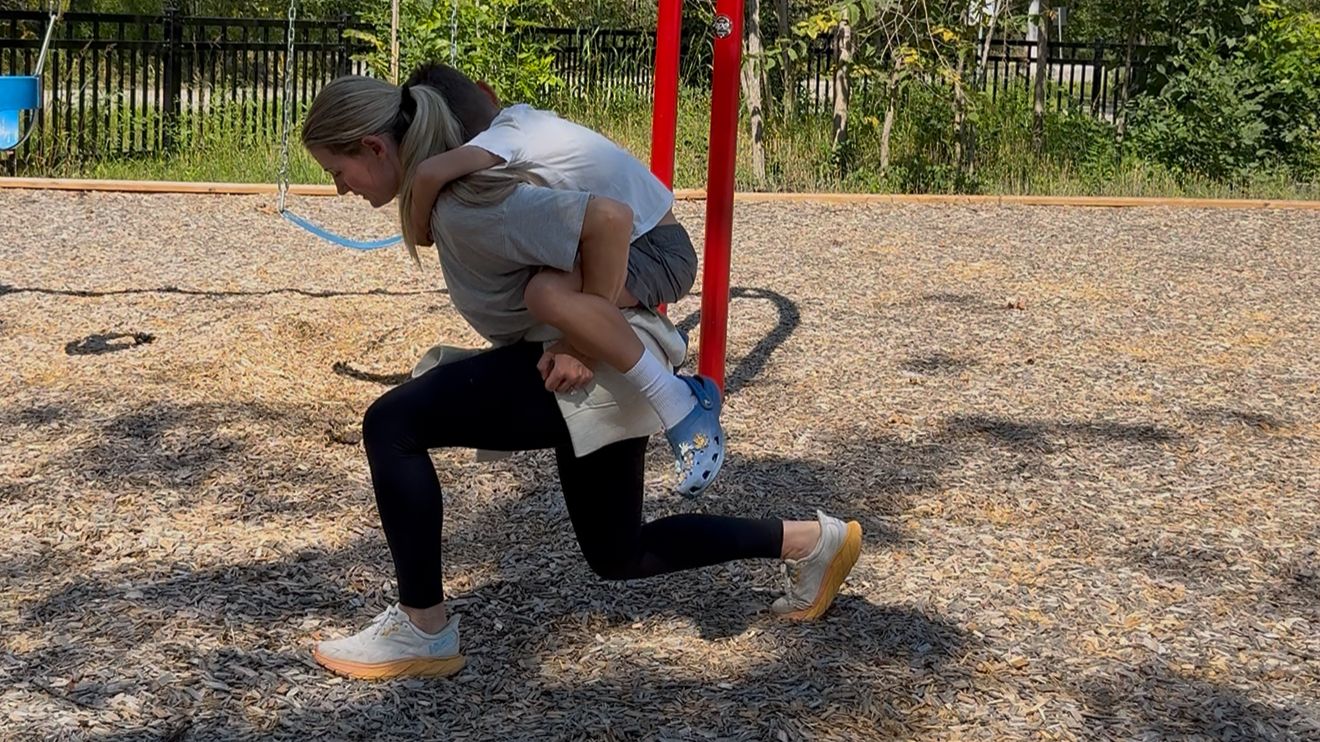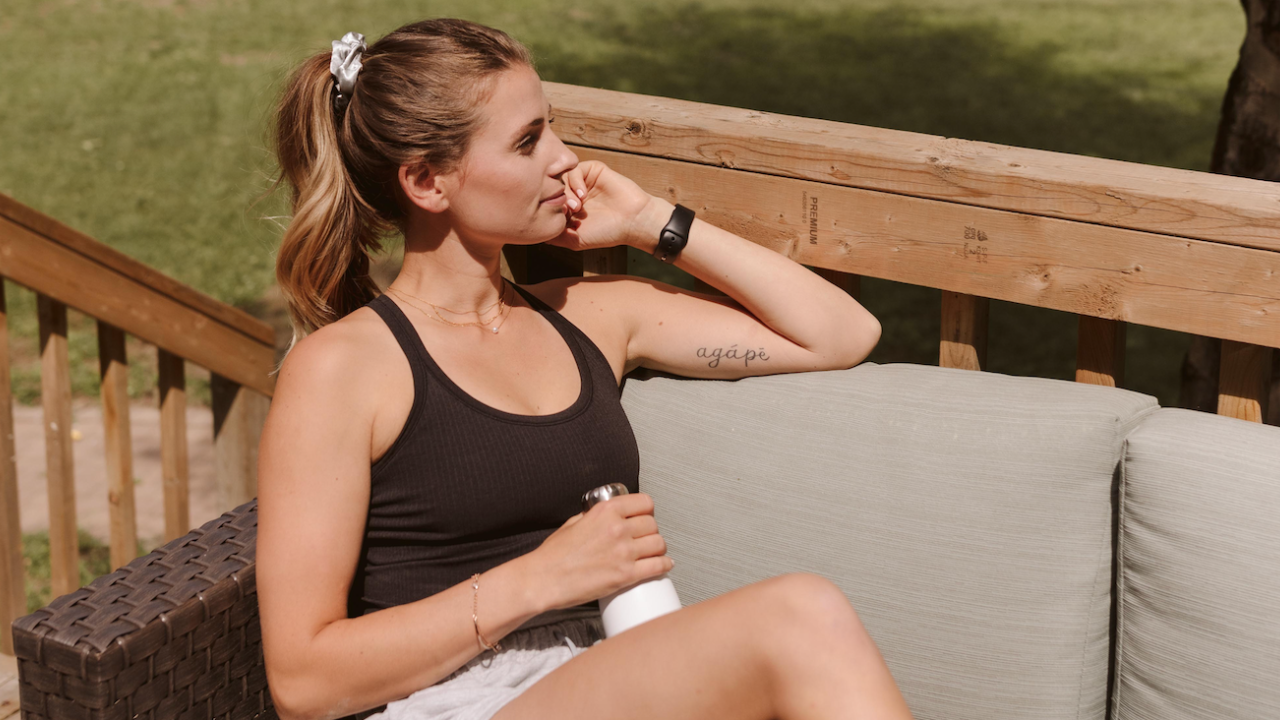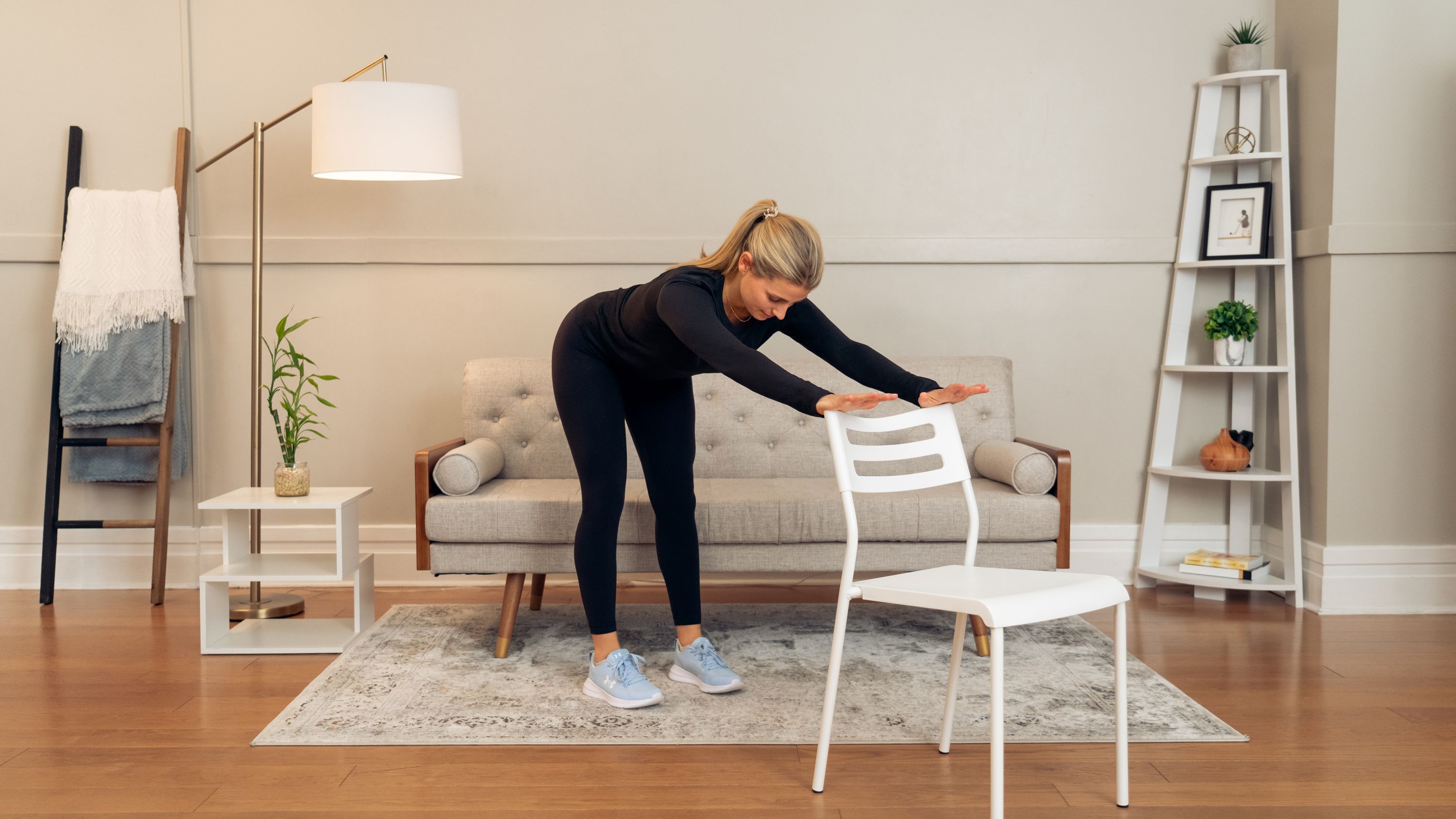Modifying Exercises for Your Body’s Unique Needs

As someone who has had to manage pregnancy as well as other various injuries, I know firsthand how important it is to find ways to stay active and healthy that work for your individual circumstances. Whether you're recovering from an illness, dealing with age-related limitations, or simply have a body that functions differently than the "norm," it can be challenging to know how to modify your exercise routine.
In this blog, I want to share some tips that have helped me adapt workouts for me and my students over the years. My hope is that by sharing what has worked for me, you'll be inspired to experiment and find an approach that feels good for your unique needs and abilities.
Listening to My Body
The first and most important thing for me is really tuning in to how my body is feeling on any given day. I try not to compare myself to others or judge my progress based on what my body was capable of yesterday. I remember that my body is different every single day, and just because something that felt easy yesterday feels challenging today, that's not a negative thing - it's simply the reality of how my body is functioning in the moment.
If I originally planned for a longer, more intense workout, but my body is telling me it's not feeling up to it during the session, I listen to those cues and adjust my plans accordingly. I might cut the workout short or modify my original plan to something more manageable. I don't push myself beyond what feels comfortable, because I know that will only lead to injury or burnout. If an exercise causes me pain or discomfort, I'm not afraid to stop or try a modified version.
Modifying Exercises for Limited Mobility
For those who may not be able to access traditional exercises like swimming or cycling, I've found that there are still plenty of ways to stay active at home. The key is to get creative and focus on movements that work for your unique needs and abilities.
Personally, I've had good experiences with wall push-ups instead of standard push-ups on the floor. Squats can also be performed while holding onto a countertop or chair for support. And if you need to stay seated, there are lots of exercises you can do from a chair, like leg raises, arm circles, or torso twists.
The important thing is to experiment and find what feels good for your body. Don't be afraid to modify exercises in a way that makes them more comfortable and accessible for you. Small movements can make a big difference in how you feel.
Focusing on Functionality
When dealing with my own physical limitations, I've found it helpful to shift the focus away from aesthetics and towards functionality. I ask myself questions like, "Do I want to be able to get on and off the floor to play with my kids or grandkids?" or "Do I need to be able to carry my own groceries up the stairs without pain?" The movements that will help me achieve those everyday tasks are what I prioritize, rather than just chasing a certain number of reps or weight on the bar.
For example, 50 burpees in a row may look impressive, but they don't necessarily translate to being able to get through your workday without pain. Instead, spending a couple of minutes a day on movements that improve my rib, thoracic spine, and chest mobility can make a bigger difference in how I feel when I roll out of bed in the morning. Lifting heavy weights in the gym doesn't always accomplish that.
Being Patient and Celebrating Progress
Modifying my exercise routine has taken time and experimentation. I try not to get discouraged if something doesn't work right away. Instead, I celebrate the small victories, whether it's being able to do one more rep or hold a pose for a few seconds longer. Consistency is key for me, so I focus on making movement a regular part of my lifestyle.
If you're looking for a supportive community to help you on your journey, I'd encourage you to check out the 7-Day Free Trial for our All-Access Pass. With the All-Access Pass, you'll get unlimited access to all of Inclusive Movement's video programs and a members-only community. You can enjoy live workouts and Q&A sessions with me, as well as the encouragement of others who understand what you're going through. The All-Access Pass provides the tools, support, and community needed to simply improve your mobility and overall wellness.
I hope these tips provide a helpful starting point as you explore ways to stay active that work for your unique needs and abilities. Remember, the most important thing is to find an approach that feels good for you.
Follow along on Instagram, TikTok, and YouTube, or join the email list at the bottom of this page to get helpful wellness tips and tricks right into your inbox.






